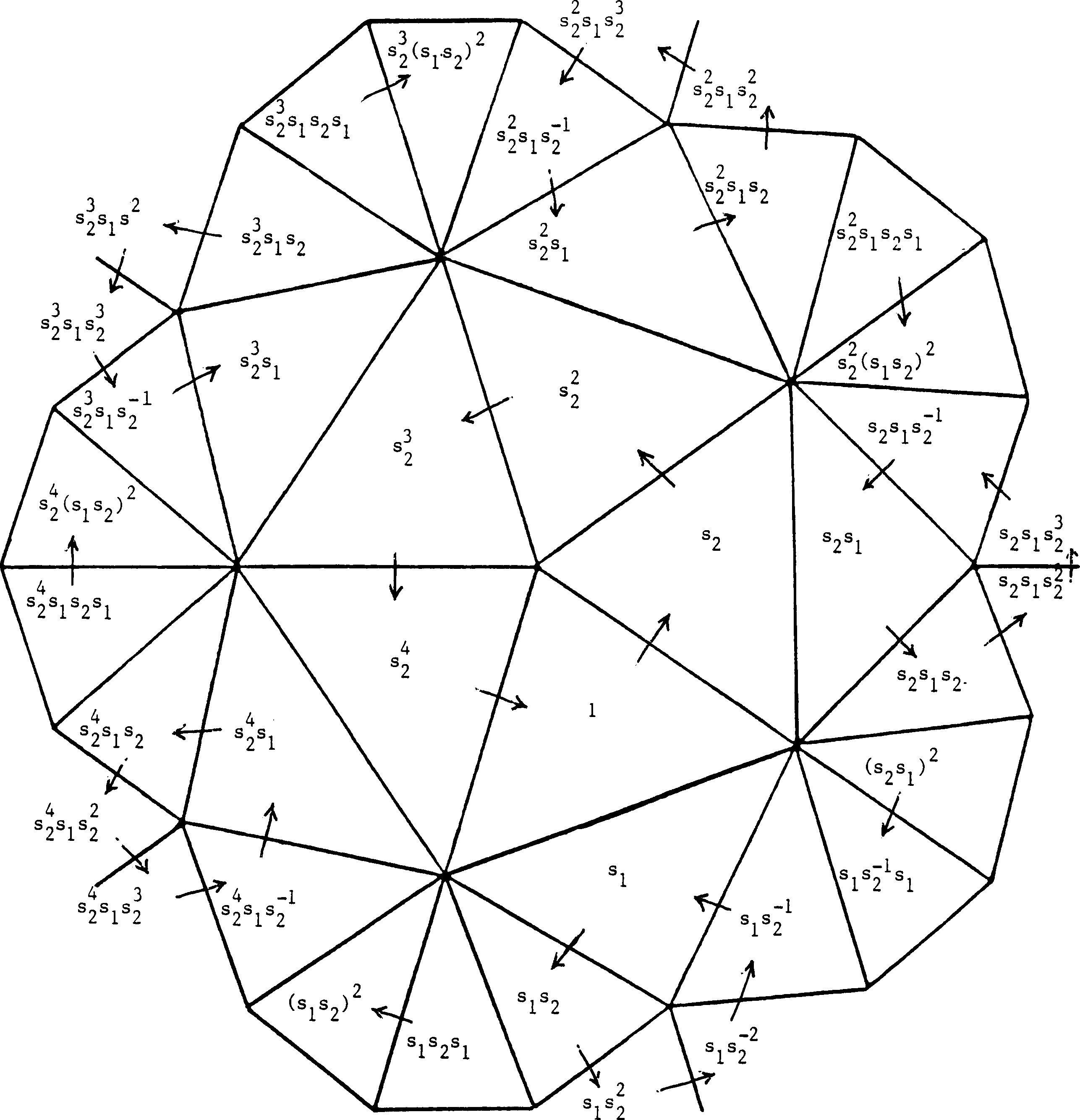McGill Geometric Group Theory Seminar
The seminar takes place on Wednesday at 3 PM in 1104 Burnside Hall, unless otherwise noted below.
Seminar organizers: William Chong, Katherine Goldman, Christopher Karpinski, Carl Kristof-Tessier, Piotr Przytycki, Daniel Wise
